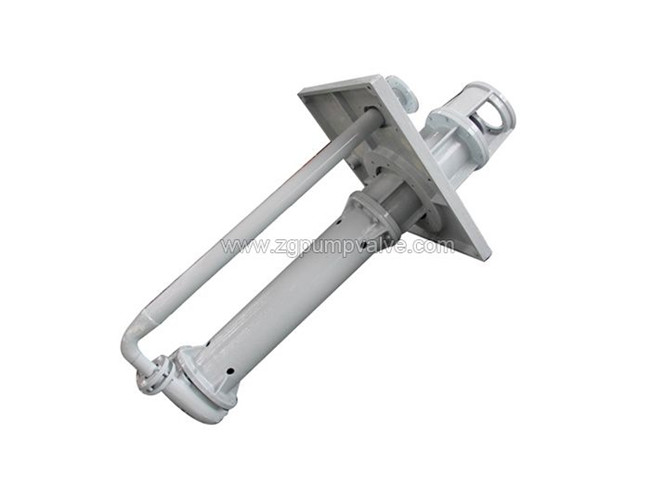Learn - Nov. 02, 2020
1. Avoid frequent switching
The submersible pump should not be started too frequently, because when the submersible pump stops, it will produce backflow. If it is turned on immediately, the motor load will start, resulting in an excessive starting current. Therefore, after shutting down, wait for the water in the pipe to return to completion before starting again, usually about 5 minutes.
2. Avoid turning on when the power supply voltage is abnormal.
Too high and too low voltage will cause the temperature of the submersible pump to rise too high, shorten the service life or even burn the submersible pump. Due to the relatively long low-voltage power supply lines in rural areas, it is common for the line end voltage to be too low and the starting end voltage to be too high. Therefore, in the process of using the submersible pump, the operator must always observe the power supply voltage value, if it is less than 10% of the rated voltage, more than 10% of the rated voltage, or the current is greater than 20% of the rated current of the submersible pump, it should be immediately Stop and avoid starting when the power supply voltage is abnormal.
3. Avoid not grounding
Protective grounding of submersible pumps is a requirement of national mandatory standards. Only by taking protective grounding can personal safety during use be ensured. If there is no protective grounding, once the shell leaks, it will cause the water at the outlet of the submersible pump and the water surface to be charged, which will endanger the safety of humans and animals and waste a lot of electricity. If the metal shell of the submersible pump is grounded with a grounding body that meets the national standard (ground resistance is not greater than 4Ω), when the shell of the submersible pump leaks, the current flows through the metal shell of the submersible pump, the protective grounding wire, the grounding body, the earth, and the transformer. The grounding wire and the power supply form a closed loop. When the leakage current is too large, especially when the live wire hits the shell, the protection device of the submersible pump can be activated (fuse has blown or air switch tripped), and the power supply of the leakage submersible pump can be cut off.

Submersible Pump
4. Avoid not installing a leakage protector
The submersible pump works in the water, and it is easy to leak electricity and cause power loss and even cause electric shock accidents. If a leakage protector is installed, as long as the leakage value of the submersible pump exceeds the operating current value of the leakage protector (generally no more than 30 mA), the leakage protector will cut off the power supply of the submersible pump.
5. Avoid using in a silt environment
If the submersible pump sinks into the mud during use, it will cause poor heat dissipation and burn out the motor windings. Therefore, submersible pumps must not be used in silt environments. In order to prevent the submersible pump from sinking into the silt, the silt in its working environment should be removed before the submersible pump is launched. If possible, the submersible pump should be covered by a fence guard to prevent waste from blocking the water inlet fence and causing the motor to heat up, The water is not smooth.
6. Do not leave it in the water for a long time after stopping
If the submersible pump is not used continuously after going down the well, it will rust for a long time and cause it to fail to start. Therefore, the deactivated submersible pump must not be left in the water, and it should be turned on once a week and run for 5-10 minutes. When not in use for a long time, it is best not to soak in water for a long time. It should be placed in clean water and run for a few minutes to clean the mud inside and outside the pump, and then ask the water surface to wipe dry, perform a major inspection, disassemble all parts for maintenance, scrubbing, and rust removal Descale, replace the wearing parts, reassemble it, paint and prevent rust and place it in a dry, non-corrosive gas warehouse.
ZLF vertical submersible chemical pump adopts double bearing support to improve the reliability and stability of operation. It is widely used in electric power, mining, cement, metallurgy, nonferrous metal, and other industries. For more information, please contact us.